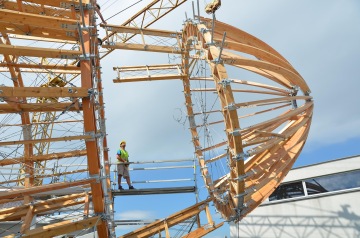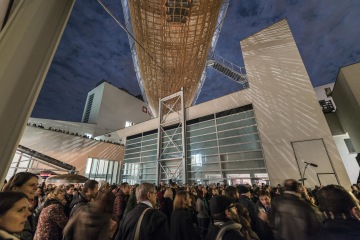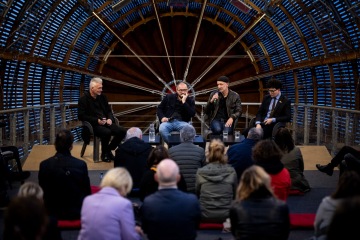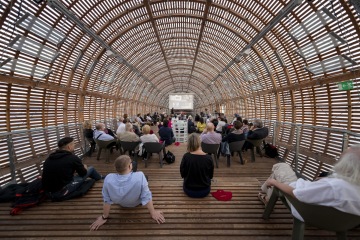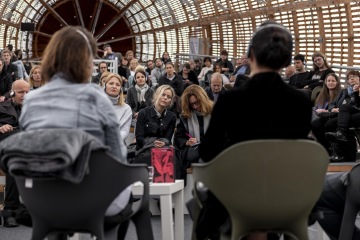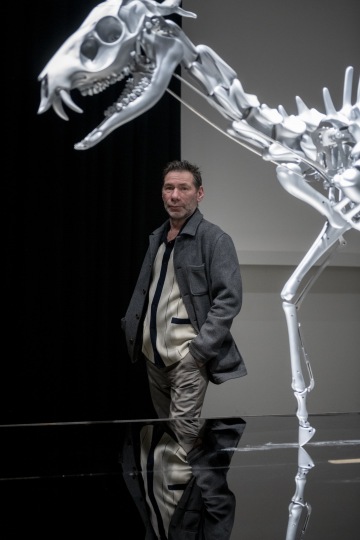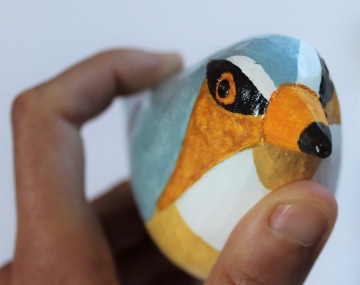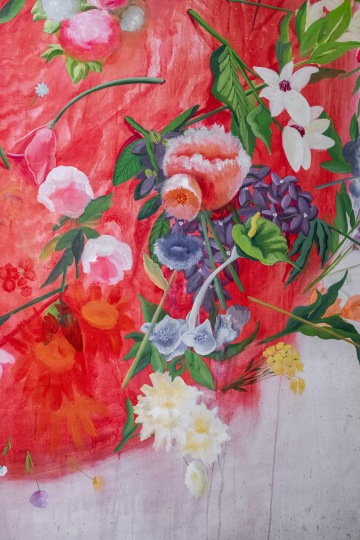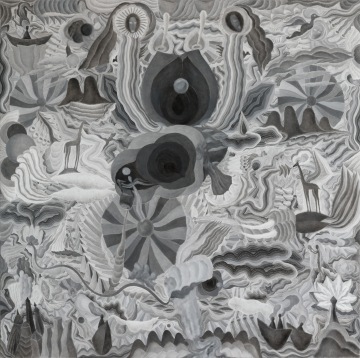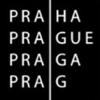The Gulliver Airship
Between heaven and earth. Between art and literature.
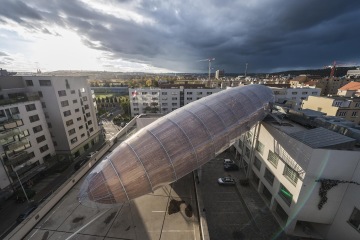
Onboard the airship, beyond the everyday
How do I get to the airship? The airship is accessible with a valid ticket to the DOX Centre during our opening hours.
Is access to the airship barrier-free? Access to the patio under Gulliver is barrier-free, but then there are stairs leading up to the airship.
What goes on in the airship? Literary evenings are held mainly in the spring and fall. You can see the programme here, and you can check out past events in the video archive. We also use the airship for
educational workshops.
Can the airship be rented? Yes, more information is available here.
DOX Centre for Contemporary Art
Poupětova 1, Prague 7
Show on map
The story of the Gulliver Airship is a story of the desire for adventure, creative freedom, the courage to take risks, and the conviction that even in today's accelerated, over-saturated, and over-digitalized world, things can be done differently. That dreams can come true.
The Gulliver Airship is hard to describe in concrete terms and easily labelled categories. It is a place of imagination and fantasy. A place of stories, their telling and sharing. A place where time flows differently, where the surface velocity of our lives can be slowed down. A place between heaven and earth, between dream and reality, between art and literature.
Leoš Válka had been mulling the idea of creating some sort of "parasitical"
structure above the DOX Centre's modern architecture for several years. In 2013 he contacted internationally renowned architect Martin Rajniš, and for more than two years, they and experts on wooden structures and steel worked on the design of a huge architectural intervention inspired by the shapes of the huge airships from the early twentieth century.
The airship shape is symbolic. The first airships represented the optimistic ideals of unprecedented technological progress, and their impressive monumentality and hypnotic dignity continued to fascinate generations long after they disappeared from the skies. They have always personified the eternal human desire to fly as well as a certain Utopian ideal.
That too is why the airship above the DOX Centre is named after one of the most
familiar figures of Utopian literature, Gulliver, a traveller to remote, fantastic worlds and unexplored territories, an adventurer who thanks to his travels into the unknown, conversations with "foreigners" and exploration of the "other" brings critical examination of various and sundry aspects of human nature.
The Gulliver Airship is the symbol of the DOX Centre's programming, focused on
overlaps between contemporary art and literature, which includes exhibitions, site-specific projects, discussions with leading Czech and international writers and poets, programmes for families with children, and educational programmes focused on developing empathy, creativity, and critical thinking.
Escape reality by a few metres above the ground
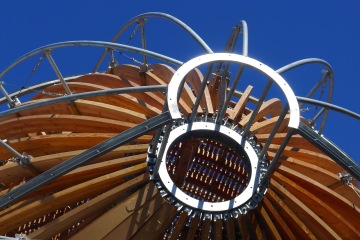
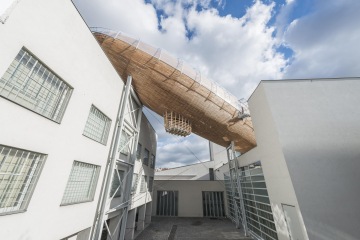
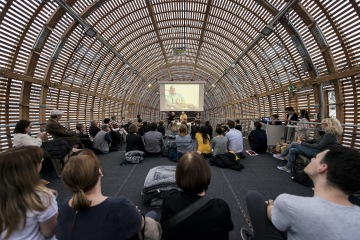
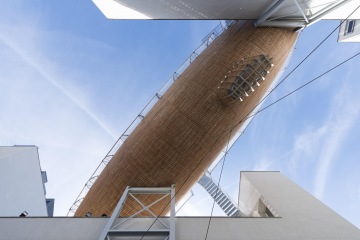
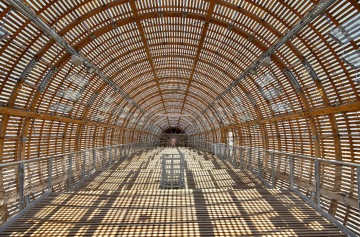
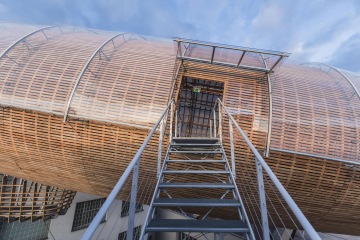
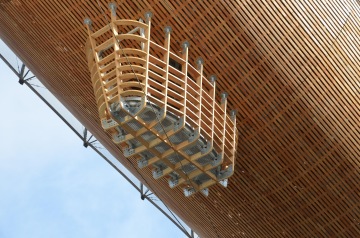
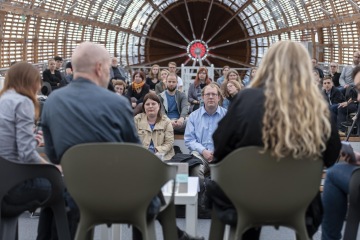
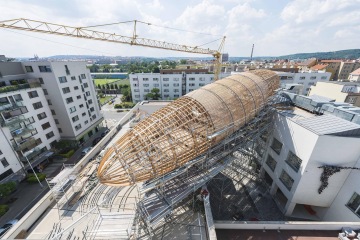
Where did the airship
come from?
Authors: Leoš Válka, Martin Rajniš, David Kubík
Co-author: Zbyněk Šrůtek
Head designer: Dvořák & partners
Collaboration: Zbyněk Šrůtek, Pavel Kocourek, Eva Fajkusová
General contractor: STYLBAU
Main contractors: TIMBER DESIGN, ELEKTRO MOSEV
Design: 2014–2015
Construction: 2016
Between art and literature
… things are going on
Festival FALL
The second year of the FALL festival brings together writers, poets, visual artists, and other creative minds working across different genres to discuss and celebrate the power of literature, storytelling, art, and our need for empathy in the digital age.
Franz Kafka and contemporary artists: Jake Chapman & Johan Tahon
How does literature inspire contemporary artist to create their own work? How do language and text find their way into their work, and what other artistic genres does they enjoy combining? Otto M. Urban, curator of the KAFKAesque exhibition, will discuss with artist Jake Chapman and Johan Tahon on board the airship Gulliver.
Contemporary writer in Europe
How do contemporary authors perceive their position in a Europe that is being transformed under the increasing influence of populists and threatened by the Russian imperial war in Ukraine? What to write about, and how, when facing the diminishing ability of readers to focus on extended texts, as well as decreasing book sales?
Franz Kafka and contemporary artists: Jan van Oost & Alexander Tinei
How does literature inspire contemporary artist to create their own work? How do language and text find their way into their work, and what other artistic genres does they enjoy combining? Otto M. Urban, curator of the KAFKAesque exhibition, will discuss with artist Jan van Oost and Alexander Tinei on board the airship Gulliver.
Franz Kafka and contemporary artists: Mat Collishaw
How does literature inspire British artist Mat Collishaw's own creation? How do language and text find their way into his work, and what other artistic genres does he enjoy combining? Otto M. Urban, curator of the KAFKAesque exhibition, will discuss with the British artist on board the airship Gulliver.
Sara Baume: The Alphabet of Birds
A multimedia performance of a lyrical essay about the importance of impractical labour and compulsive creativity by acclaimed writer and artist Sara Baume on board the Gulliver Airship.
Educational programmes for the small, not so small, and big
During The Story
Telling stories has been part the human experience since time immemorial. We create stories, remember them, write them down, illustrate them, share them. Experience a story according to the international Narrative4 project
Storybox
How much does storytelling need illustration, and how much do images need a story? An educational programme inspired by the Narrative4 method for the Fenomeander exhibition.
Gulliver’s Travels Into Fantasy
Where would you like to go if you were able to magically transport yourself? Would it be some familiar place on Earth, a yet-undiscovered island, or a completely fabricated world? Past or future? And what would you bring back with you to our reality?
